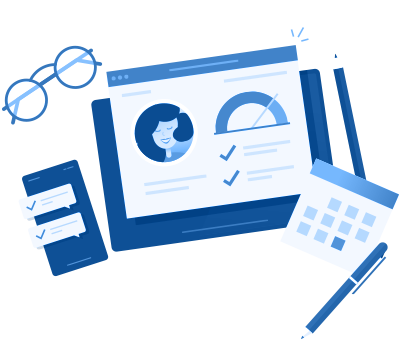
The data warehouse architecture entailed importing all data into an OLAP database, calculating and speculating on a “Risk Profile” with human intervention, and then loading it into the ultimate master database.

The data warehouse architecture entailed importing all data into an OLAP database, calculating and speculating on a “Risk Profile” with human intervention, and then loading it into the ultimate master database.
Deployed on the Hadoop architecture, the analytical framework brought about a revolution in the development of a customer risk profiling use case. With a mere 15-node distributed computing setup, the solution transformed the process of customer risk profiling.
By harnessing the capabilities of Hadoop, alongside Spark computing and machine learning processing frameworks, the system evolved to automatically profile customers and calculate associated risk scores. This advancement in the big data ecosystem not only improved the efficiency of customer risk assessment but also enhanced data governance practices within the financial sector.